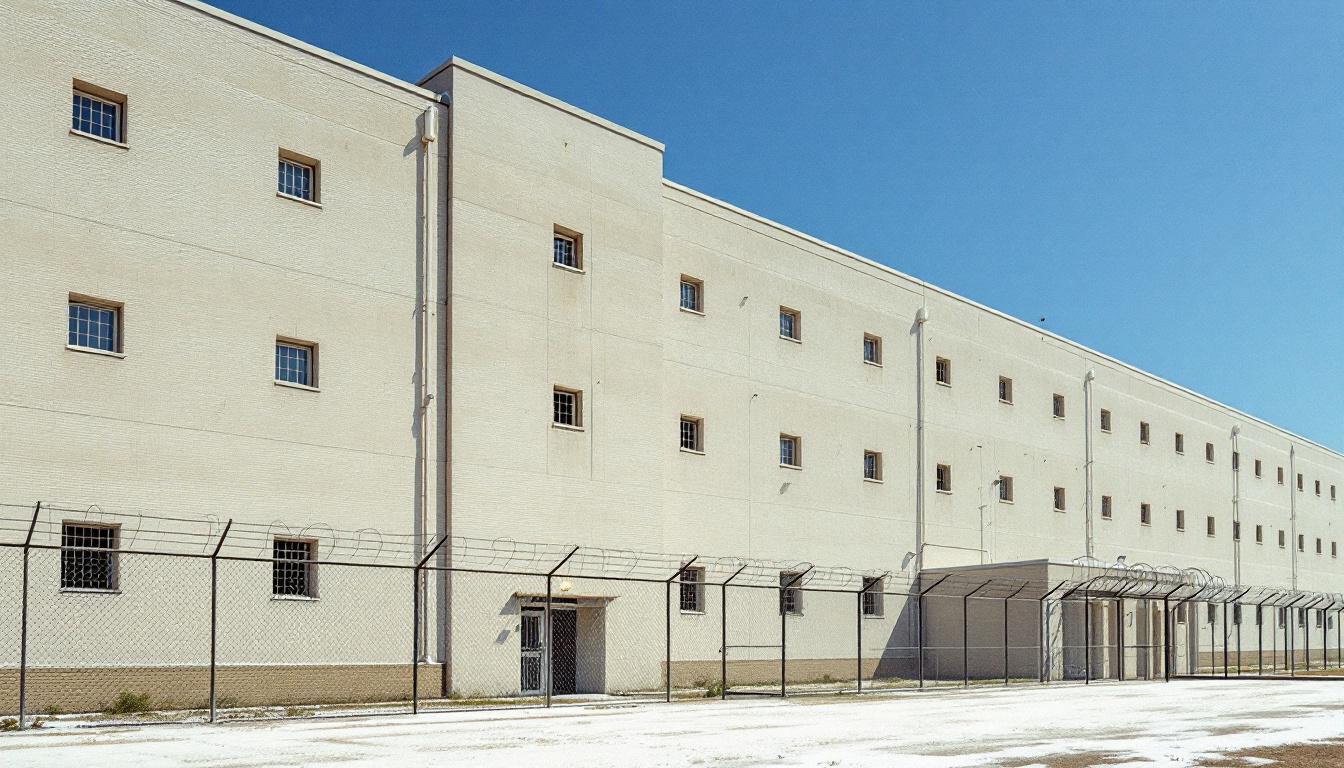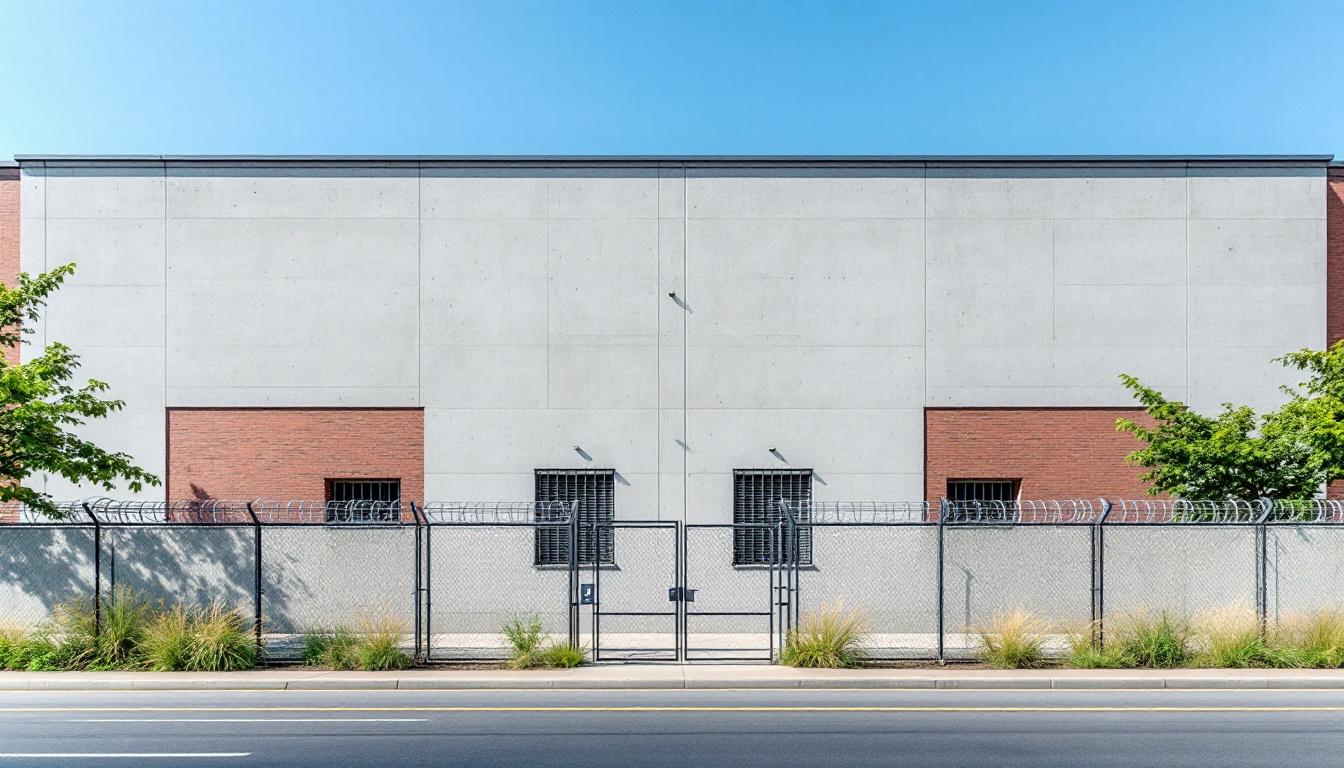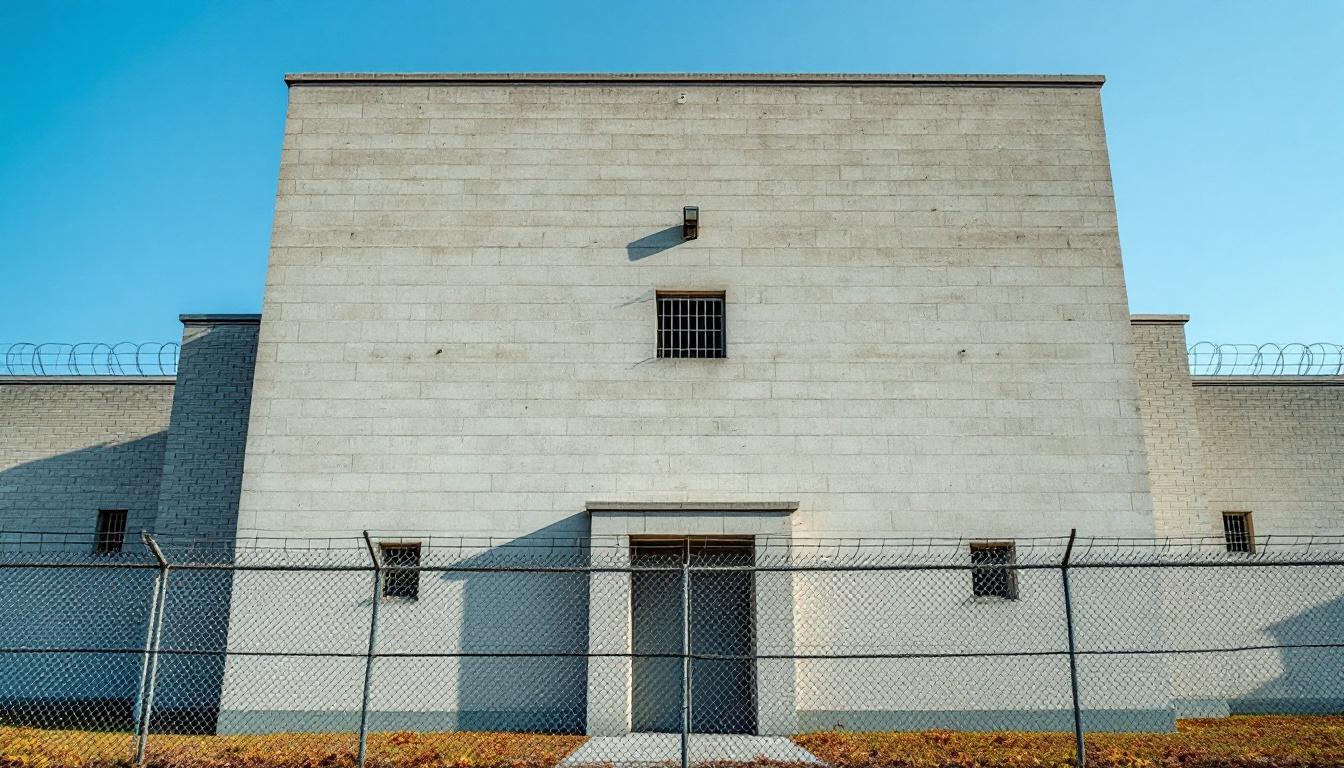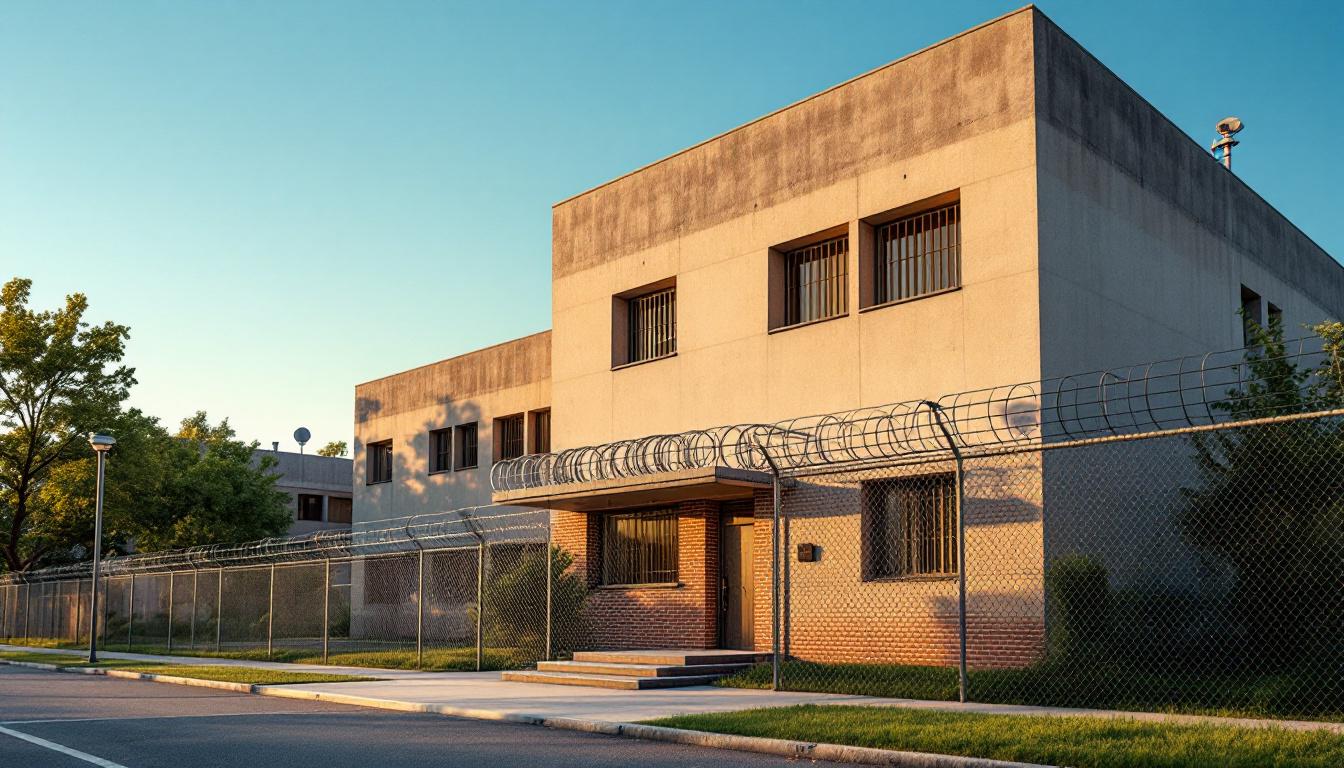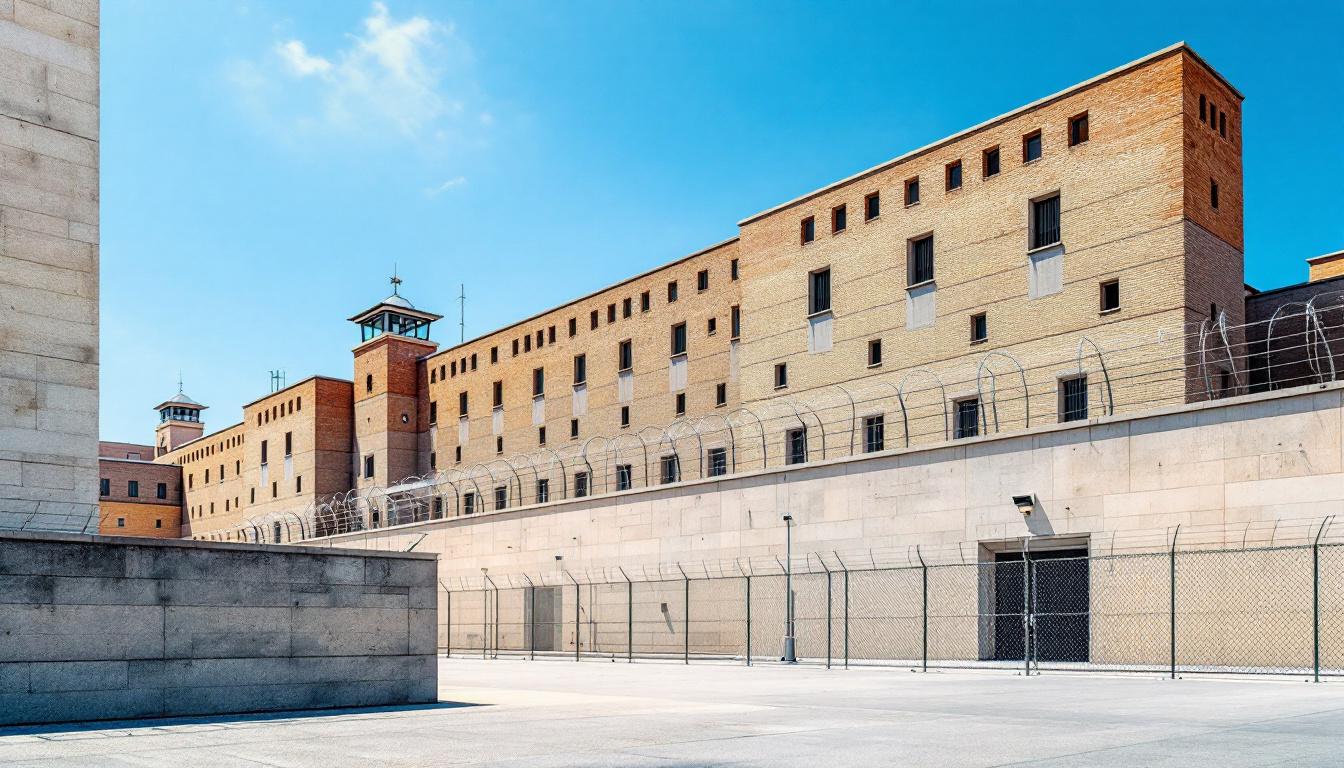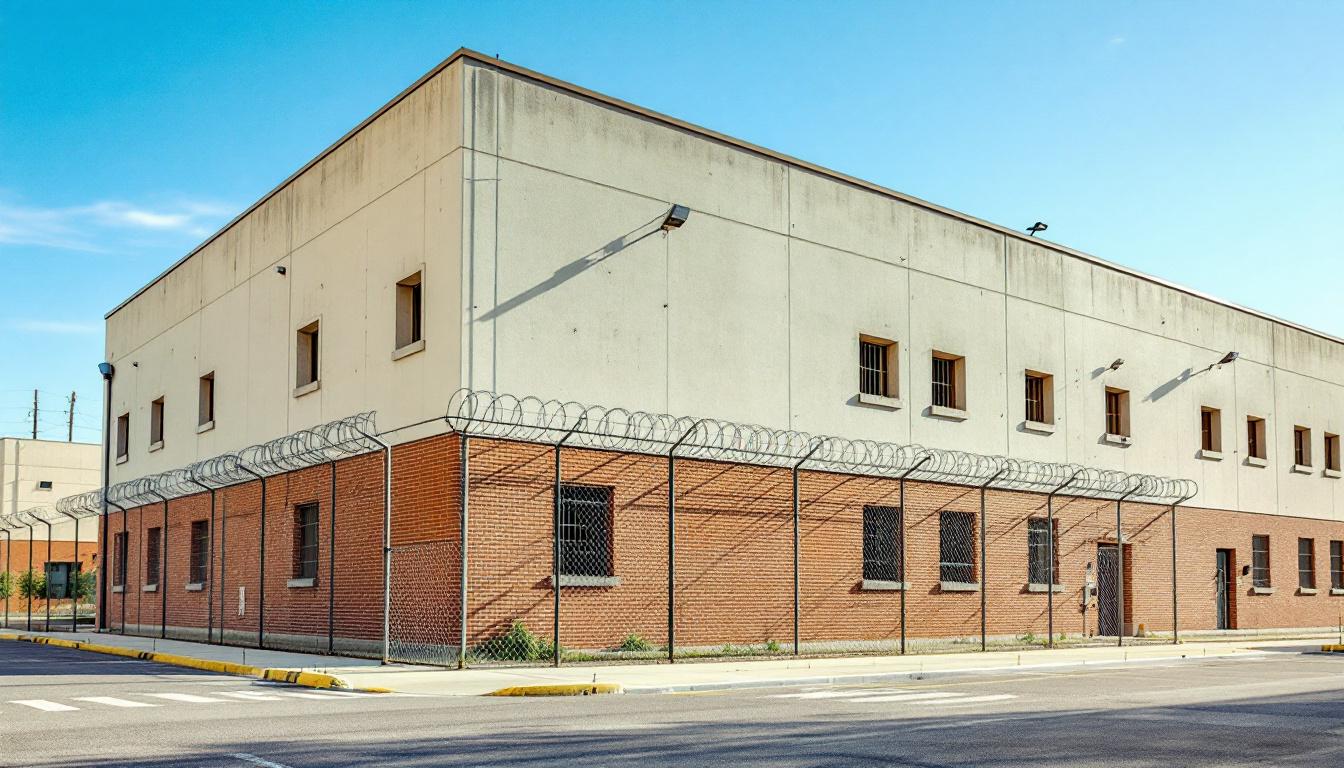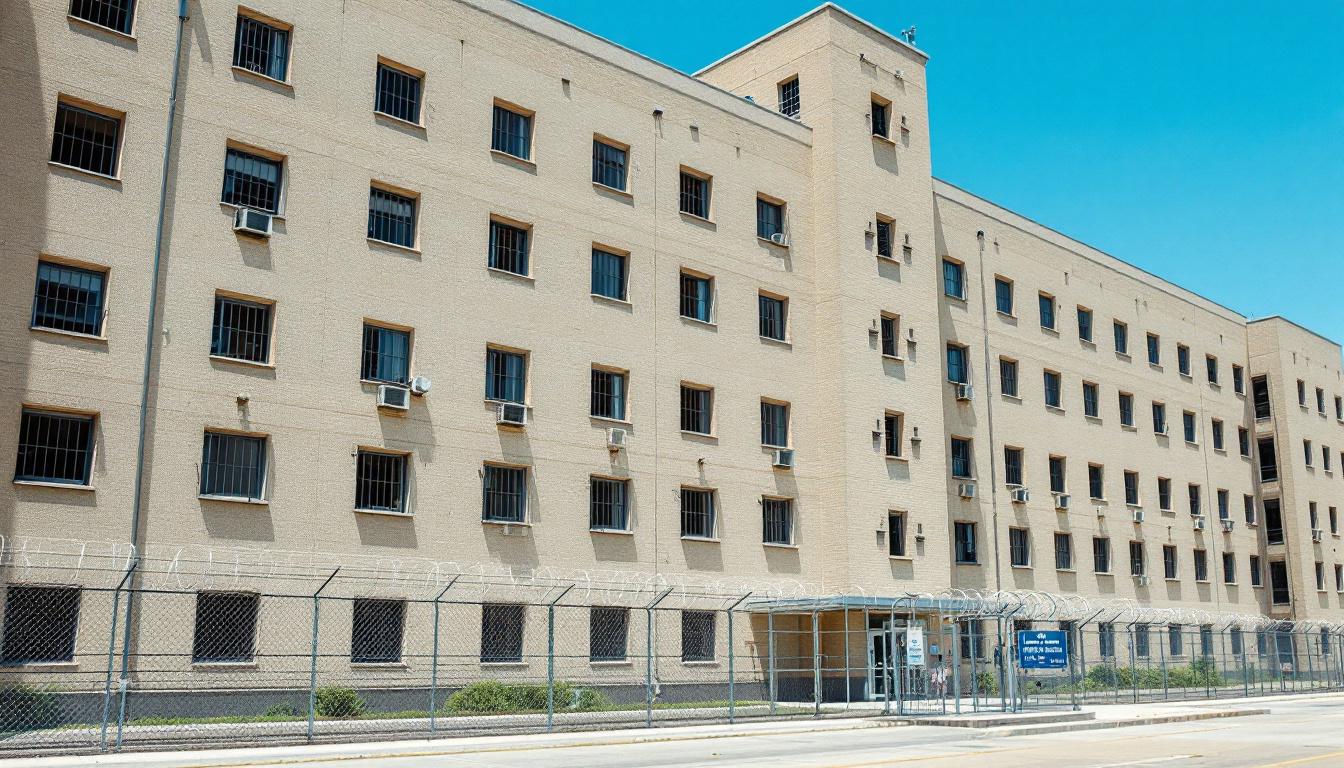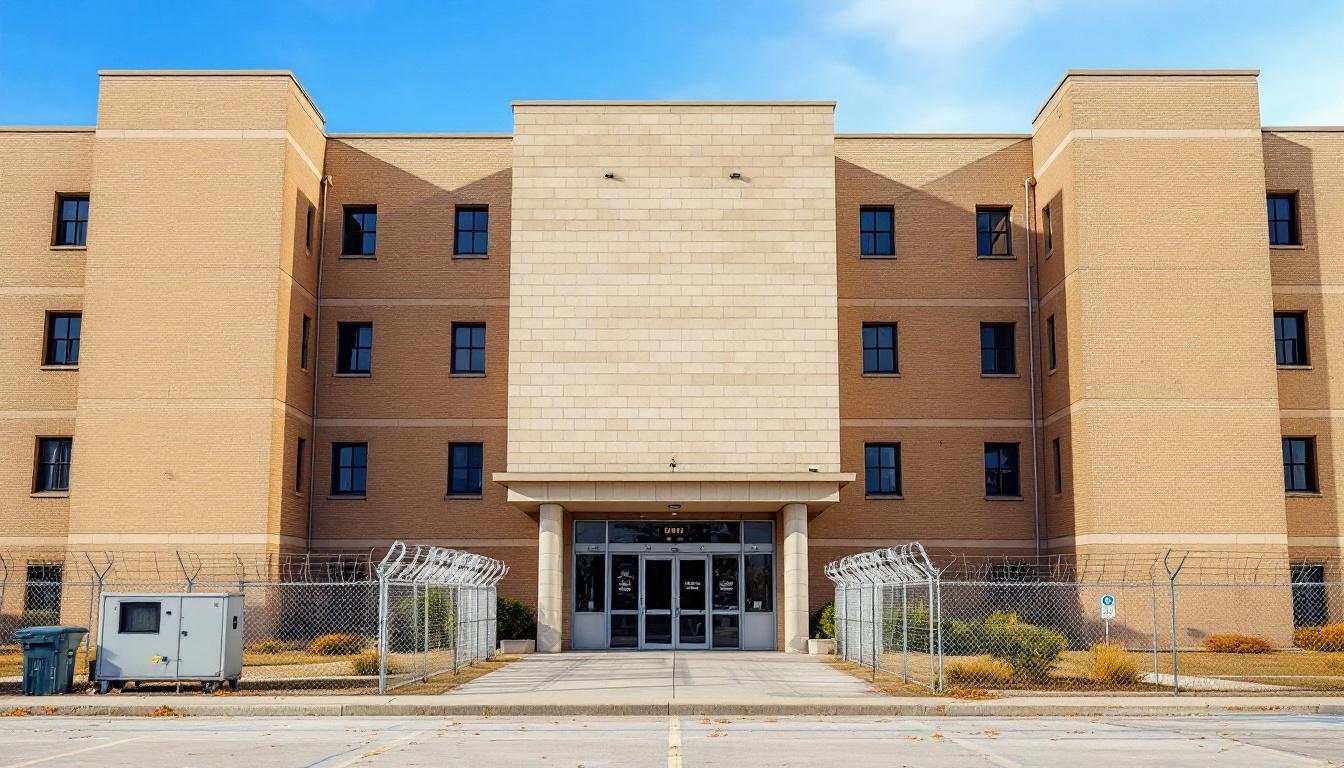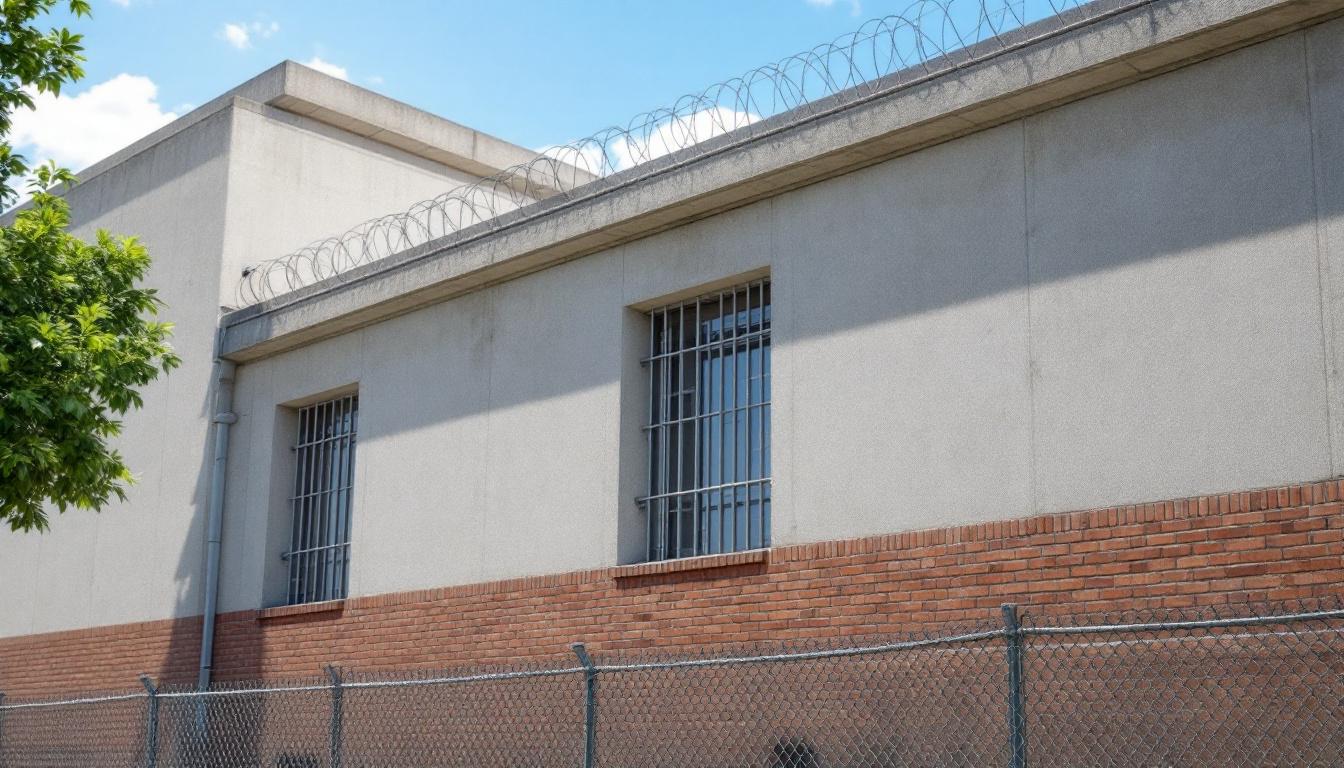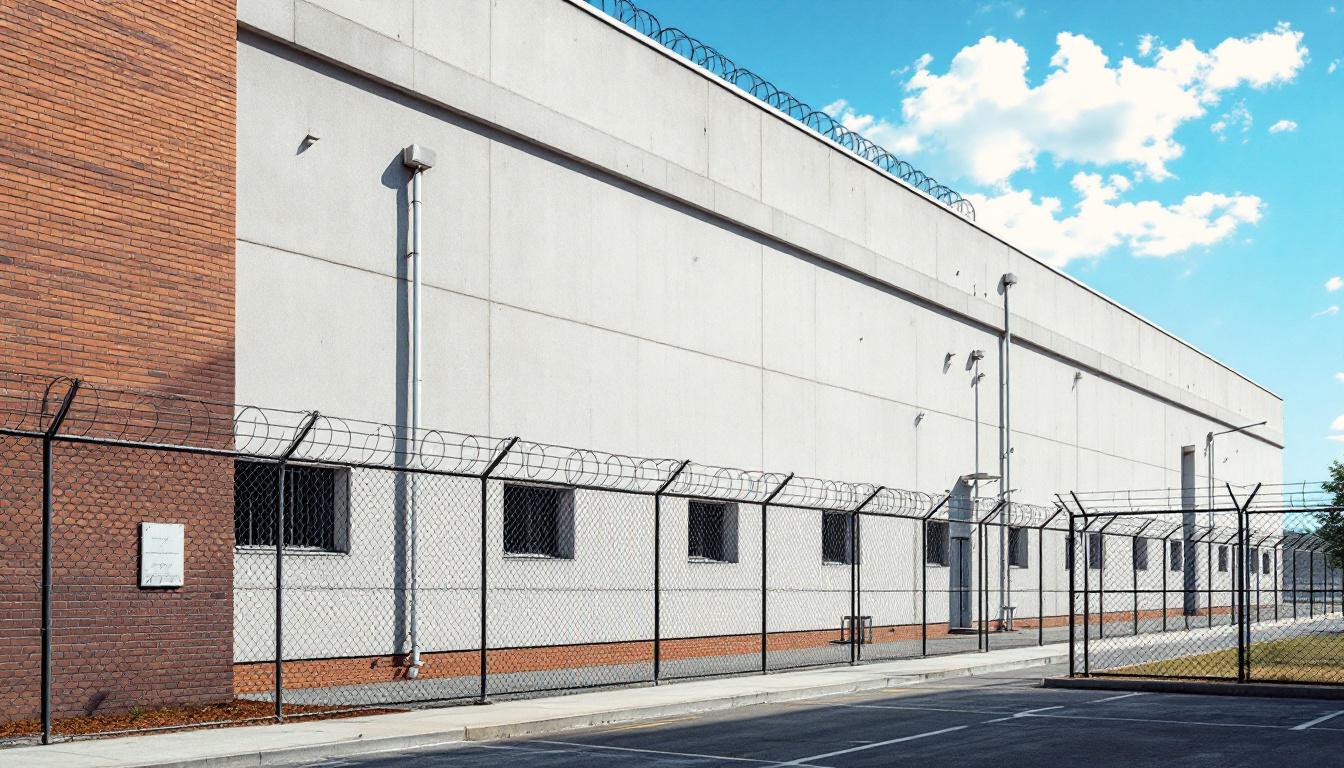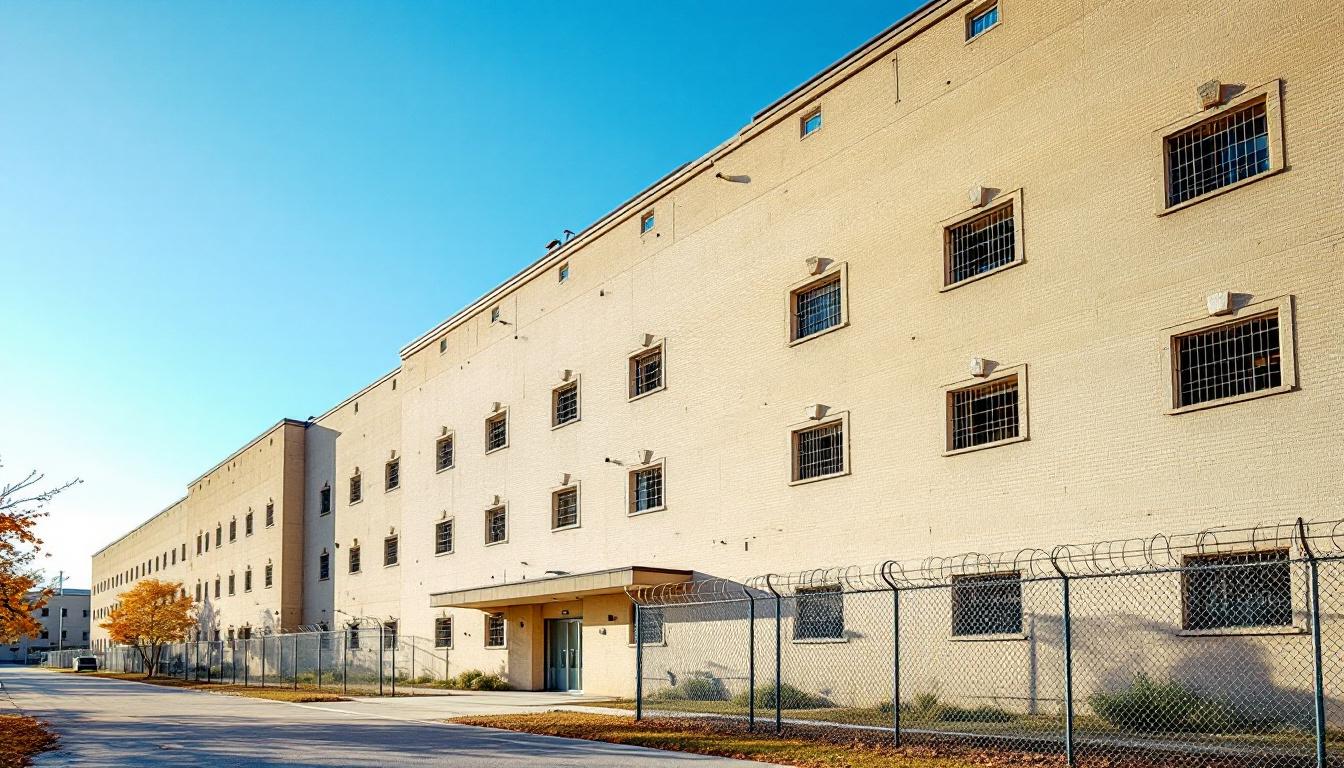
Quick Navigation
How to contact an inmate at Marin County Jail
This comprehensive guide will walk you through how to connect with an inmate at Marin County Jail. Follow the steps below to find an inmate and send letters and photos:
- Search for the inmate using our search tool below
- Create your account or log in to Penmate
- Write your message (up to 6,000 characters)
- Send instantly - inmates receive printed copies daily
Find an Inmate
Search for an inmate to start communicating today
Tip: You can search by first name, last name, or inmate ID number
To contact a person at Marin County Jail start by searching for the person on the official facility website. Perform a search by following these steps:
- Step 1: Enter their first name and last name into the search form and click "Search"
- Step 2: Locate their inmate record
- Step 3: Write down their Inmate ID and any housing information provided
Important! Be sure to enter the person's full name. Nicknames should not be used.
How to Send Messages to Inmates

You can use your phone or computer to send emails, letters, and photos to an inmate. Messages are sent electronically to inmate tablets or kiosks at the facility. If you would like to send a message, start by searching for an inmate at Marin County Jail.
Sending Photos and Postcards

A great way to send love and support to a loved one at Marin County Jail is to send photos and postcards. It only takes a few minutes to send photos from your phone and it makes a huge difference. You can also mail postcards with words of support and inspiration, or design your own postcard for special moments like birthdays and holidays.
Important! Be sure not to send any explicit photos or they may not be approved by the facility. You can also use a photo printing app like Penmate to make sure your photos are printed at the correct size (4x6 or 3x5) and are mailed according to the rules and regulations of Marin County Jail.
Frequently asked questions about Marin County Jail
-
How long does it take to deliver a message?
If you're sending an email message your letter is usually delivered within 24-48 hours. For messages sent via mail you should expect delivery within 3-7 days. All messages will need be approved by Marin County Jail.
-
How much does it cost to send a message to Marin County Jail?
You can send a message free using your phone or mail a message via USPS for the price of a $0.60 stamp and envelope. You can also purchase credits or e-stamps from services starting at $1.99.
-
What services can I use to contact an inmate at Marin County Jail?
Penmate
You can use Penmate to send letters and photos to an inmate from your phone. It's an easy way to stay in touch during your loved one's incarceration. Use the inmate locator to find an inmate's location and contact information, then you can send messages within a few minutes.
Securus messaging
Securus may be another option for communicating with an inmate at Marin County Jail. You can create a friends and family account and purchase credits to send messages. All messages will be reviewed and must be approved by the facility.
JPay
Some county jails and state prisons may support sending messages with JPay. You must register an account with the system, find your loved one, and purchase stamps to send messages. For some locations you can also attach photos.
Smart Jail Mail
You may also check if Smart Jail Mail is available at Marin County Jail. Smart Jail Mail is operated by Smart Communications and has contracted with some state and county jails. After purchasing credits, your messages and photos are sent to the facility, printed out, and then handed out to your loved one.
-
What is the mailing address of Marin County Jail?
Mailing address:
Marin County Jail
13 Peter Behr Dr
San Rafael, CA 94903
Phone: (415) 499-6655Business hours:
- Monday: Open 24 hours
- Tuesday: Open 24 hours
- Wednesday: Open 24 hours
- Thursday: Open 24 hours
- Friday: Open 24 hours
- Saturday: Open 24 hours
- Sunday: Open 24 hours
-
What are the visiting hours at Marin County Jail?
Visiting hours at Marin County Jail vary by housing unit and security level. Generally, visits are scheduled on weekends and holidays, with some facilities offering weekday visits. Contact the facility directly at (415) 499-6655 or check their website for the current visiting schedule. Visits typically last 30-60 minutes and must be scheduled in advance.
-
What items are prohibited when sending mail to Marin County Jail?
Prohibited items typically include: cash, personal checks, stamps, stickers, glitter, glue, tape, staples, paperclips, polaroid photos, musical or blank greeting cards, hardcover books, magazines with staples, and any items containing metal or electronics. Only send letters on plain white paper with blue or black ink. Photos must be printed on regular photo paper (no Polaroids). Always check with Marin County Jail for their specific mail policies.
-
How do I send money to an inmate at Marin County Jail?
You can send money to an inmate at Marin County Jail through several methods: 1) Online using JPay, Access Corrections, or the facility's approved vendor, 2) Money orders mailed directly to the facility with the inmate's name and ID number, 3) Kiosks located in the facility lobby, or 4) Over the phone using a credit or debit card. Fees vary by method, typically ranging from $2.95 to $11.95 per transaction.
-
Can I schedule a video visit with an inmate at Marin County Jail?
Many facilities now offer video visitation as an alternative to in-person visits. At Marin County Jail, video visits may be available through services like Penmate, Securus Video Connect, GTL, or ICSolutions. Video visits typically cost $10-20 for 20-30 minutes and must be scheduled in advance. You'll need a computer or smartphone with a camera and reliable internet connection. Contact the facility for their specific video visitation policies and approved vendors.
-
What identification do I need to visit an inmate at Marin County Jail?
All visitors must present valid government-issued photo identification such as a driver's license, state ID, passport, or military ID. Minors must be accompanied by a parent or legal guardian who can provide the minor's birth certificate. Some facilities require visitors to be on the inmate's approved visitation list, which may require a background check. Contact Marin County Jail for specific ID requirements and visitor approval procedures.
-
How can I find out an inmate's release date?
To find an inmate's release date at Marin County Jail, you can: 1) Use the online inmate search tool if available, 2) Call the facility's records department, 3) Contact the inmate's case manager or counselor, or 4) Have the inmate provide this information during a call or visit. For privacy reasons, some facilities only release this information to immediate family members.
Facility Overview
Official Website
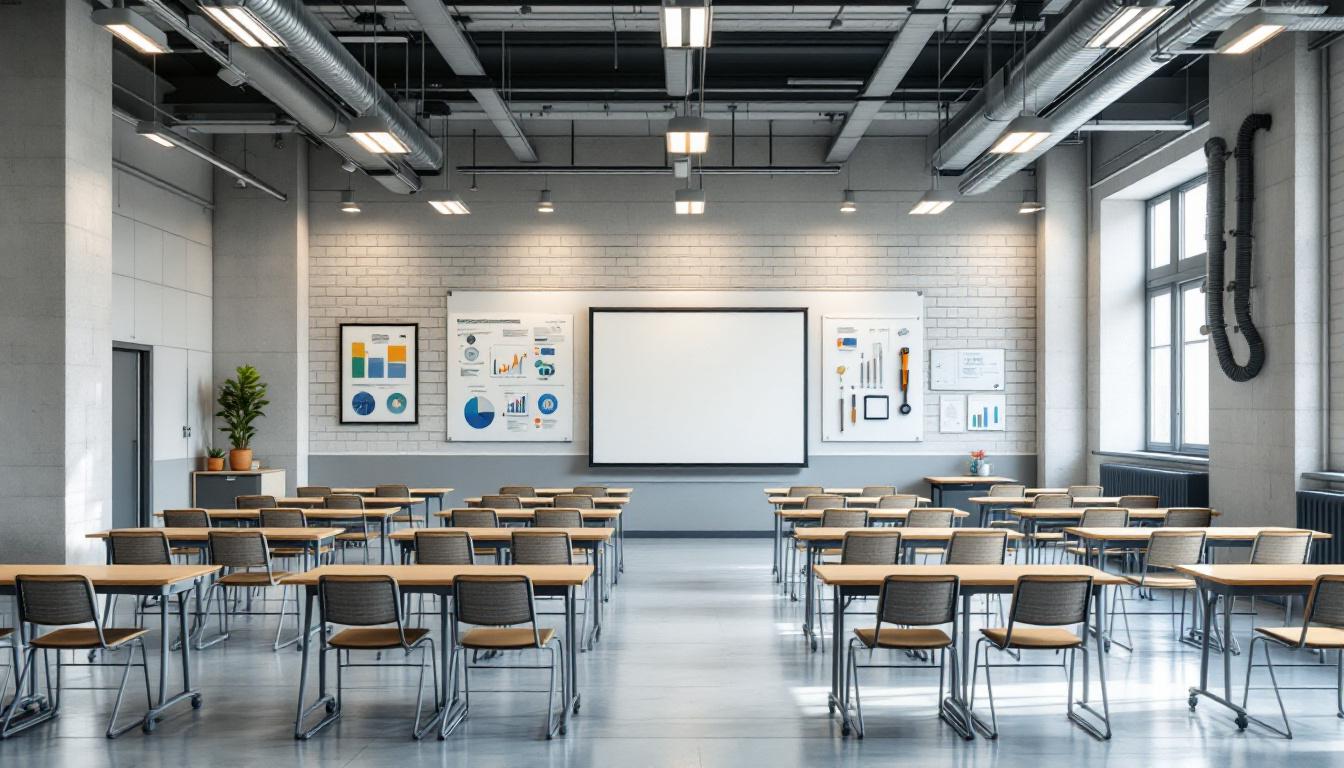
About Marin County Jail
Balancing public safety with meaningful rehabilitation opportunities forms the cornerstone of correctional operations at Marin County Jail, strategically positioned within Las Vegas, California's diverse community landscape. This county-level facility typically serves as a vital component in the region's broader correctional network, addressing both immediate custody needs and longer-term reintegration goals for those incarcerated within its walls.
The facility generally emphasizes community integration through various programming approaches that may include educational opportunities, vocational training initiatives, and substance abuse counseling services. Located in Las Vegas, the jail often benefits from its proximity to urban resources and community partnerships that can support rehabilitation efforts. Those incarcerated services typically encompass basic healthcare provisions, mental health support, and preparation programs designed to facilitate successful community reentry upon release.
As a CA correctional facility operating within the Pacific region's progressive correctional framework, Marin County Jail generally maintains security protocols while incorporating evidence-based practices aimed at reducing recidivism. The county jail structure typically allows for more individualized attention compared to larger state facilities, potentially enabling staff to develop more comprehensive understanding of each person's specific needs and circumstances during their period of incarceration.
Programs & Services
Within the structured environment of Marin County Jail, those incarcerated encounter a comprehensive array of opportunities designed to foster personal transformation and prepare them for successful community reintegration. The facility's offerings reflect a philosophy that emphasizes skill development, educational advancement, and behavioral change through carefully structured programming. This approach recognizes that meaningful engagement during incarceration can serve as a catalyst for positive life changes, providing participants with tools and knowledge that extend far beyond their period of confinement.
Educational initiatives form a cornerstone of the facility's developmental approach, typically encompassing basic literacy instruction, GED preparation, and academic enrichment courses that may furnish participants with essential learning foundations. Financial literacy components often complement these academic offerings, equipping those incarcerated with practical knowledge about budgeting, banking, and financial planning that proves invaluable upon release. Furthermore, vocational training opportunities may include specialized instruction in trades such as welding, providing hands-on experience that can translate directly into employment prospects and career pathways in the community.
The facility's support services typically encompass rehabilitation programs that address underlying issues contributing to criminal behavior, often including substance abuse treatment, anger management, and cognitive behavioral interventions. These therapeutic offerings operate within the secure environment to provide those incarcerated with structured opportunities for self-reflection and behavioral modification. Mental health services may also be integrated into the overall framework, ensuring that participants receive comprehensive support that addresses both immediate needs and long-term wellness goals, ultimately fostering an environment where personal growth and positive change can flourish.
Daily Life & Visitation
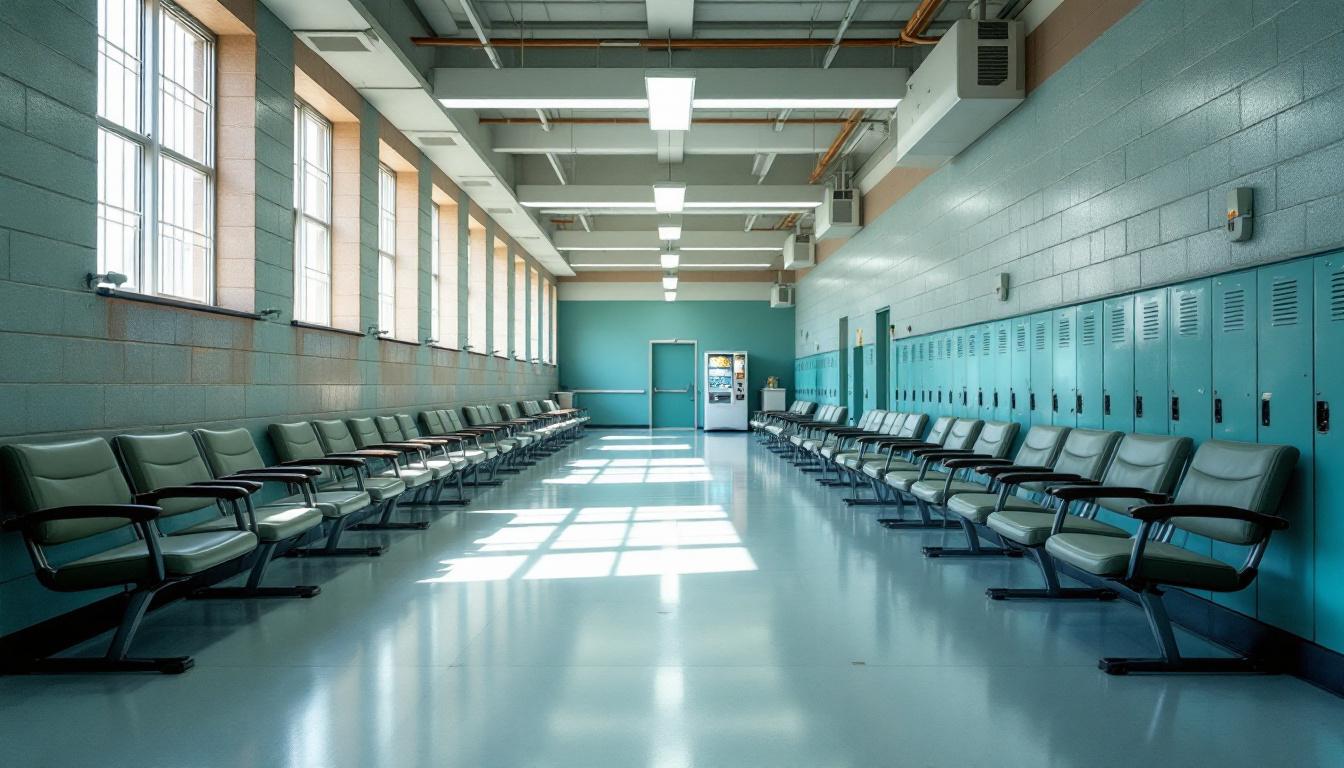
Family connections and social bonds remain central to the experience of those incarcerated at the Marin County Jail, as they now navigate structured daily routines that typically begin with early morning counts and meal service. Those housed within the facility regularly participate in scheduled activities that furnish both structure and opportunities for meaningful interaction with fellow residents. The daily rhythm generally includes designated times for meals, recreation, programming, and rest periods, with staff conducting regular security checks throughout each shift to maintain facility safety and order.
Living accommodations within the facility typically consist of shared housing units or dormitory-style arrangements, where those incarcerated often develop supportive relationships with their housing companions. Furthermore, the dining arrangements usually involve communal meal times in designated areas, providing natural opportunities for social interaction and community building among residents. Although space may be limited, personal property allowances generally permit individuals to maintain some personal items and commissary purchases that help create a sense of individual identity within the institutional environment.
The facility typically offers various recreational activities and structured programming that furnish both physical exercise and educational opportunities for personal growth. Those incarcerated may participate in work assignments that range from facility maintenance to food service, providing valuable structure and the possibility of earning modest compensation. Although visitation policies maintain necessary security protocols, they generally allow for regular contact with family members and loved ones through scheduled visits, telephone calls, and correspondence, helping residents maintain these crucial outside connections that often serve as motivation for positive change and successful reintegration into the community.
Ready to Connect?
Start communicating with your loved one today
Search for an Inmate
